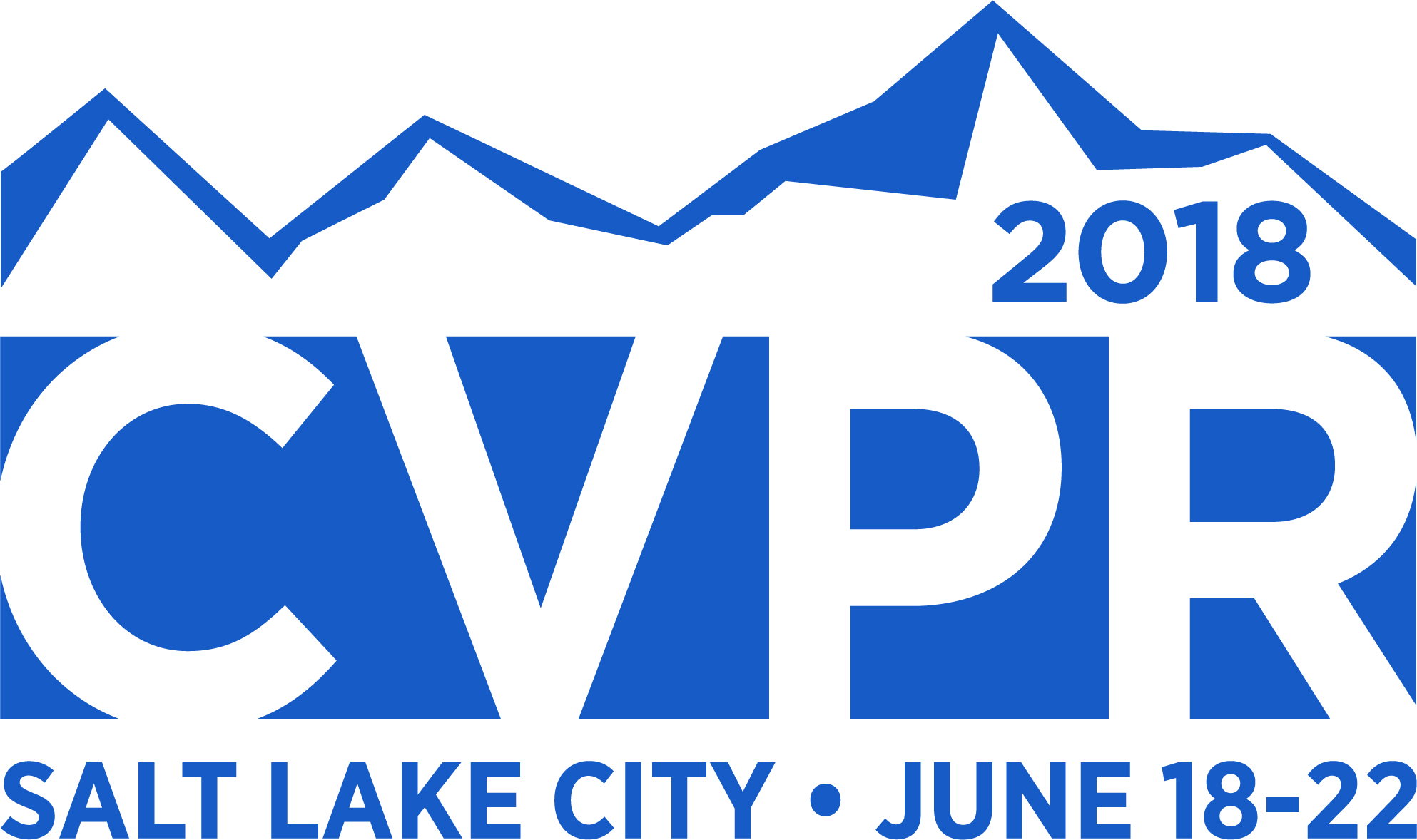-
Boosting Self-Supervised Learning via Knowledge Transfer
AbstractIn self-supervised learning one trains a model to solve a so-called pretext task on a dataset without the need for human annotation. The main objective, however, is to transfer this model to a target domain and task. Currently, the most effective transfer strategy is fine-tuning, which restricts one to use the same model or parts thereof for both pretext and target tasks. In this paper, we present a novel framework for self-supervised learning that overcomes limitations in designing and comparing different tasks, models, and data domains. In particular, our framework decouples the structure of the self-supervised model from the final task-specific fine-tuned model. This allows us to: 1) quantitatively assess previously incompatible models including handcrafted features; 2) show that deeper neural network models can learn better representations from the same pretext task; 3) transfer knowledge learned with a deep model to a shallower one and thus boost its learning. We use this framework to design a novel self-supervised task, which achieves state-of-the-art performance on the common benchmarks in PASCAL VOC 2007, ILSVRC12 and Places by a significant margin. A surprising result is that our learned features shrink the mAP gap between models trained via self-supervised learning and supervised learning from $5.9$ to $2.6$ in object detection on PASCAL VOC 2007.
Related Material
[pdf] [arXiv][bibtex]@InProceedings{Noroozi_2018_CVPR,
author = {Noroozi, Mehdi and Vinjimoor, Ananth and Favaro, Paolo and Pirsiavash, Hamed},
title = {Boosting Self-Supervised Learning via Knowledge Transfer},
booktitle = {Proceedings of the IEEE Conference on Computer Vision and Pattern Recognition (CVPR)},
month = {June},
year = {2018}
}
These CVPR 2018 papers are the Open Access versions, provided by the Computer Vision Foundation.
Except for the watermark, they are identical to the accepted versions; the final published version of the proceedings is available on IEEE Xplore.
Except for the watermark, they are identical to the accepted versions; the final published version of the proceedings is available on IEEE Xplore.
This material is presented to ensure timely dissemination of scholarly and technical work.
Copyright and all rights therein are retained by authors or by other copyright holders.
All persons copying this information are expected to adhere to the terms and constraints invoked by each author's copyright.

